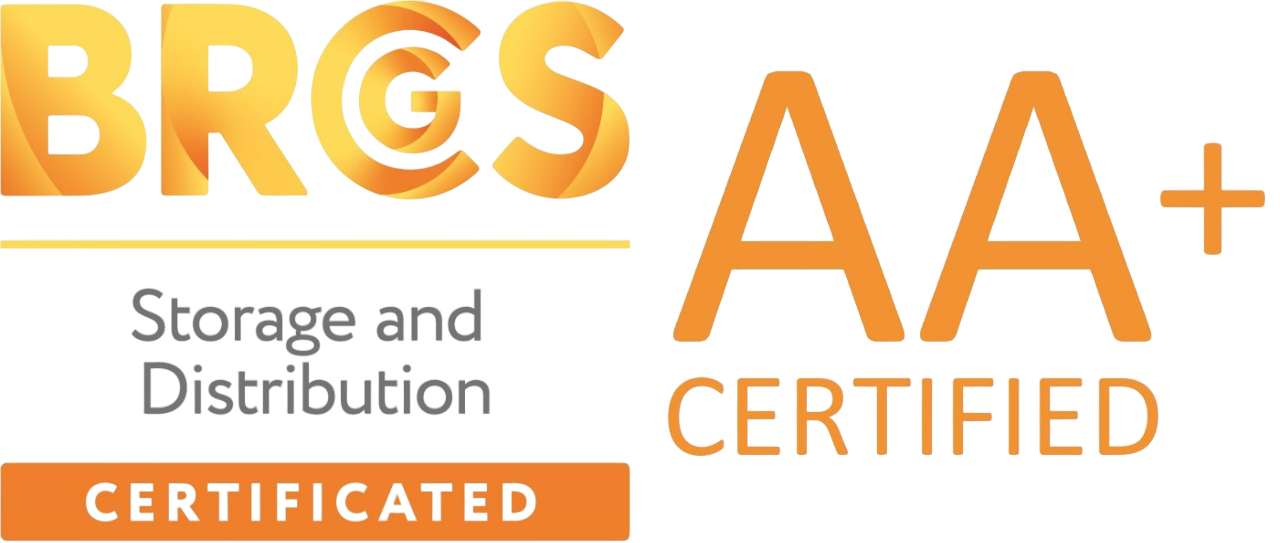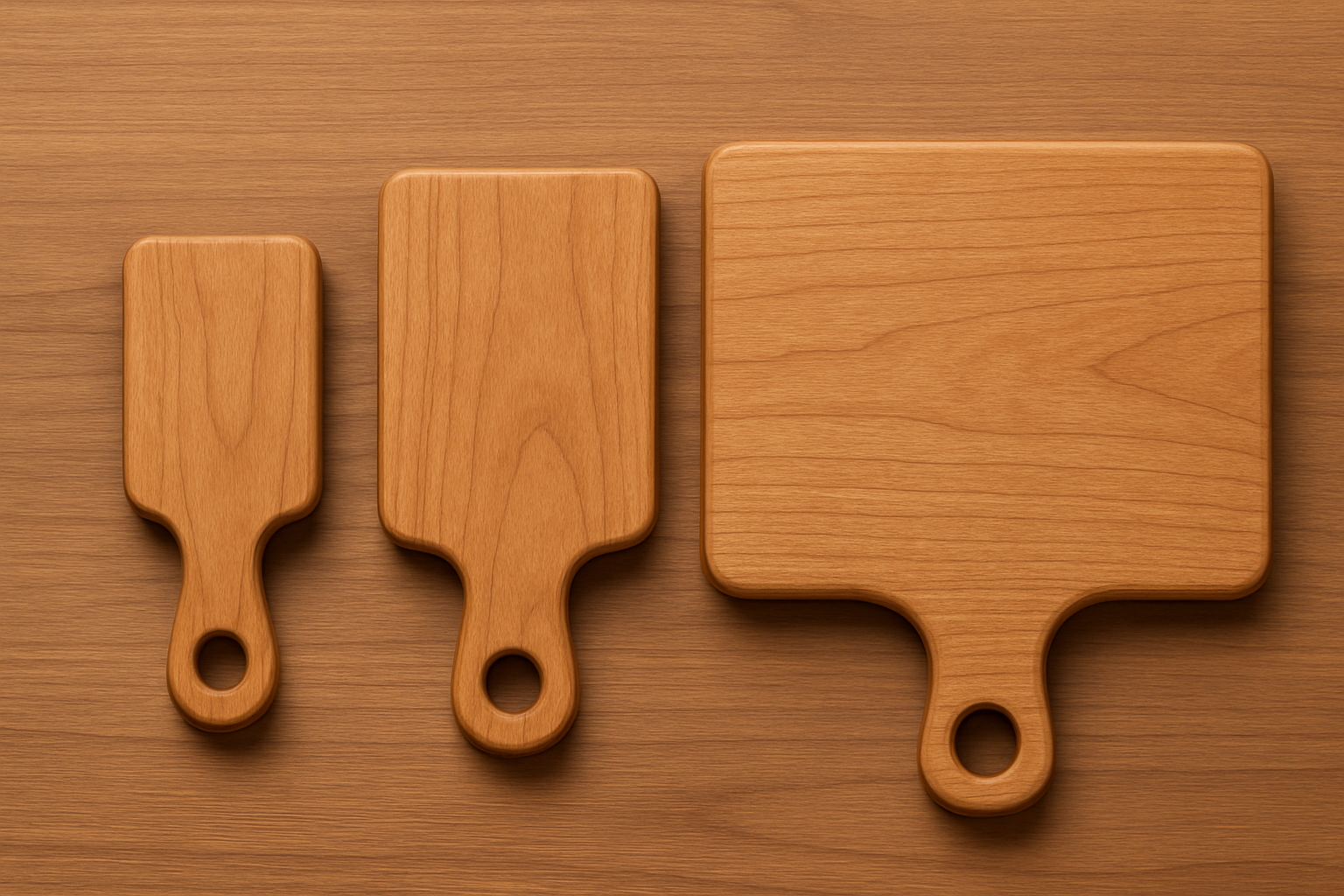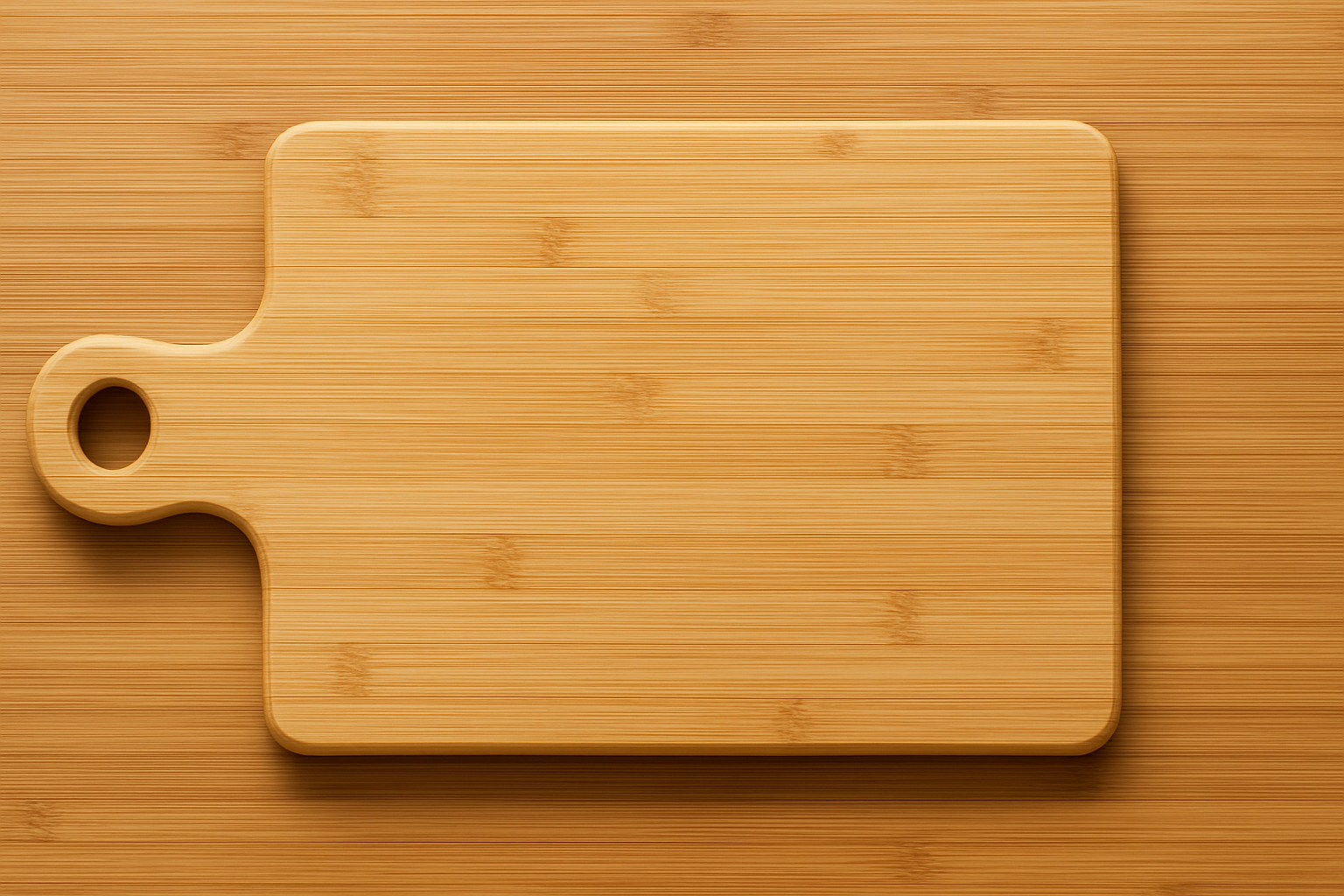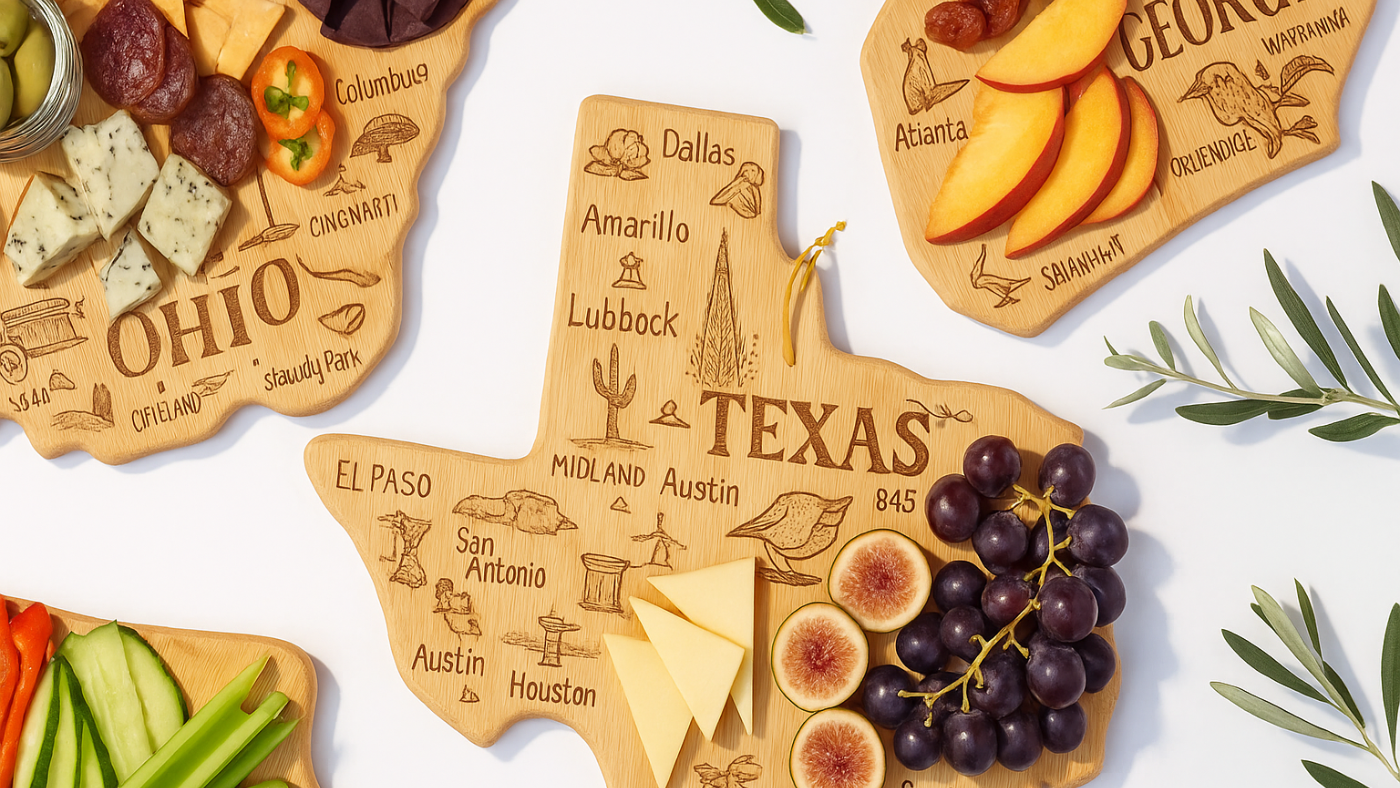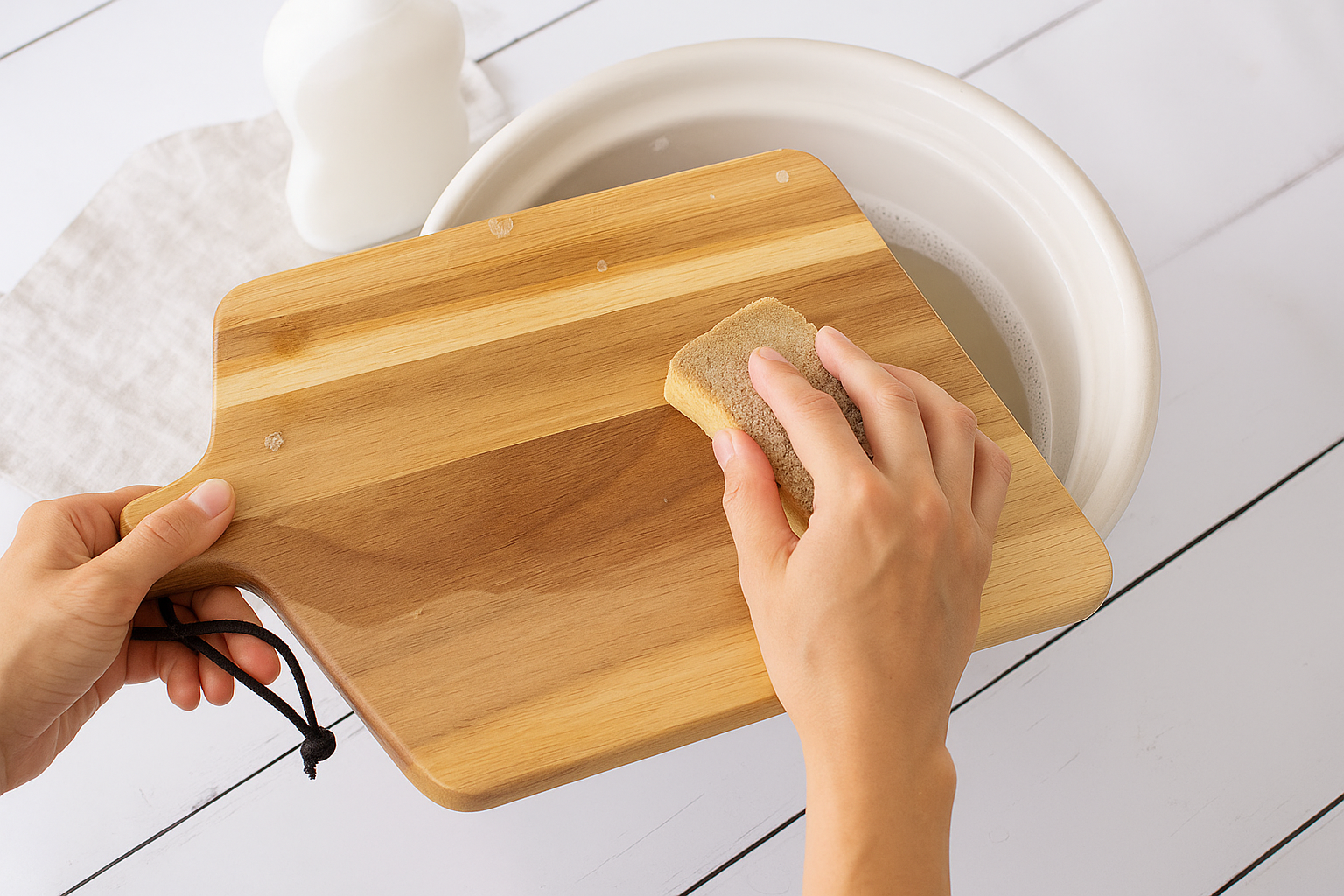At KimEcopak, we don’t just supply packaging—we build partnerships that help your F&B business thrive.
Our CEO, Kim Vu, knows this better than anyone. As a former restaurant owner, she’s been in your shoes, struggles the same as:
(1) Balancing tight operational budgets.
(2) Out-of-stock issue & limited storage.
(3) Staying up late-night, working on social media marketing; while managing daily operations.
(4) Alls...while trying to keep every customer happy.
Determined to create solutions for these ongoing challenges, Kim founded KimEcopak—not just as a supplier, but as a partner committed to solving real problems.
By working with us, you’re not just buying packaging; you’re investing in a streamlined proven system that supports from operating, marketing to branding.




































